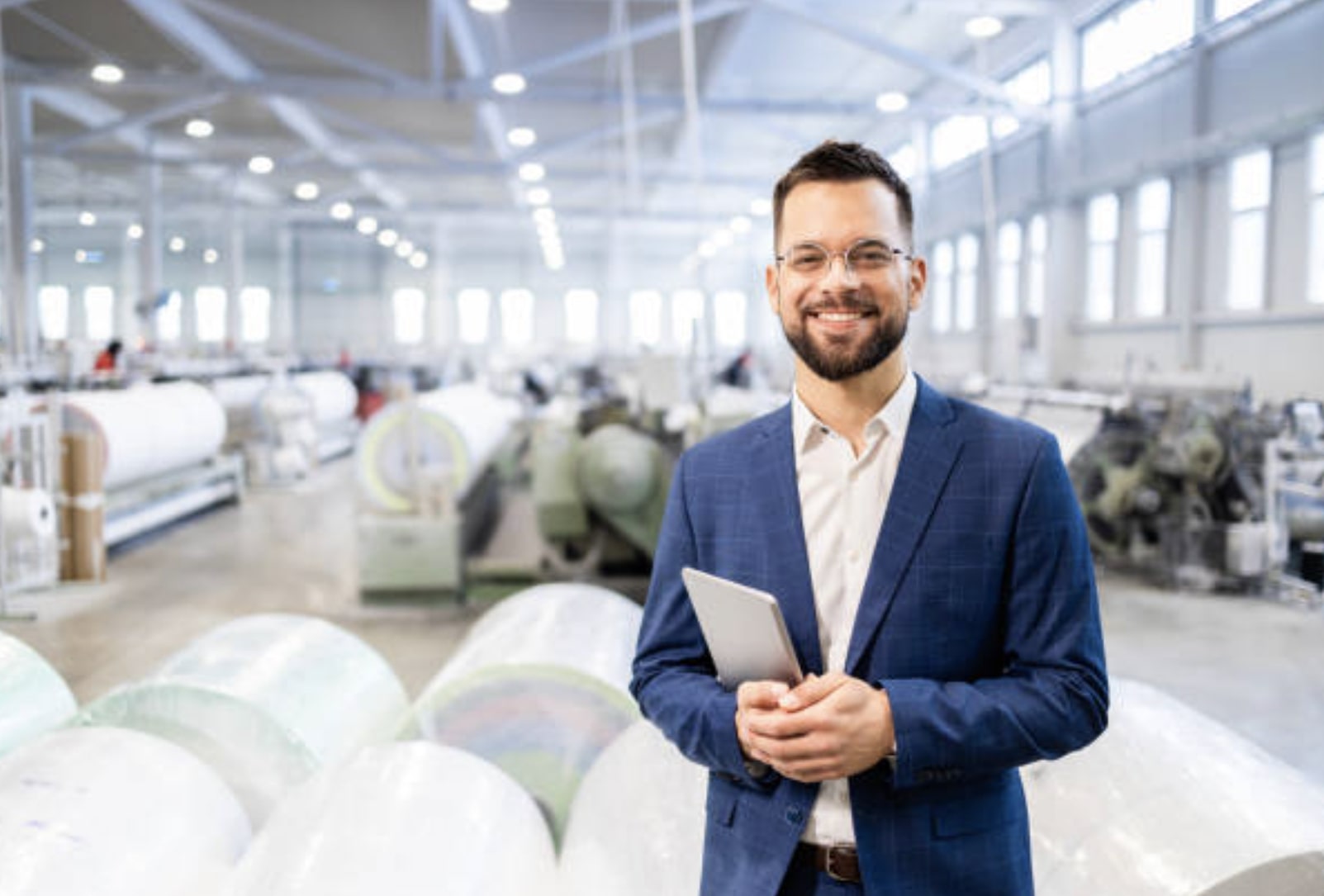
Facilities management is evolving. Once viewed primarily as a behind-the-scenes maintenance function, it’s now recognised as a key strategic component in the operation of any physical environment—whether it’s a school, office building, or industrial site. Done well, facilities management can help reduce costs, extend the life of assets, and create healthier, more productive spaces.
Looking at Facilities as Living Ecosystems
Facilities are complex, interconnected systems. Much like an ecosystem, each element—air quality, lighting, temperature control, structural maintenance—contributes to the whole. When one part underperforms, it can affect the wellbeing of the people who use the space, the efficiency of operations, and the long-term sustainability of the building itself.
Today’s facilities management involves more than responding to issues as they arise. Increasingly, it’s about anticipating problems before they occur, using smart technologies and data to guide decision-making. This includes sensor-based systems that can detect wear and tear early, cloud-connected platforms that track usage patterns, and automated alerts that help avoid downtime. In many ways, it mirrors the shift from reactive to preventative care in healthcare—aiming to maintain long-term health rather than fix short-term problems.
The Changing Role of the FM Professional
As facilities management becomes more strategic, the role of the facilities professional has also changed. It now requires a blend of operational knowledge, technological fluency, and sustainability awareness. Professionals in this field are not just tasked with keeping things running—they are expected to optimise performance, align practices with environmental goals, and help organisations meet broader wellbeing targets.
Organisations like SEFM Ltd reflect this shift. Composed of professionals from a wide range of backgrounds, they focus on both the day-to-day and long-term needs of buildings. Their emphasis on continuous improvement and responsiveness to new technologies aligns with the industry-wide move toward smarter, more adaptive facilities management.
Building Facilities That Support People
Ultimately, the purpose of facilities management is to support people—those who learn, work, or visit the spaces under care. That means considering how environmental factors influence productivity, how layout and flow affect safety, and how energy use impacts not just cost, but also climate goals.
This broader view is part of a growing vision in the field: that facilities should not be passive spaces, but active contributors to wellbeing and organisational success. It’s a vision shared by many in the industry, including SEFM, who see value in long-term partnerships and personalised solutions rather than one-size-fits-all service contracts.
A Strategic Approach for Long-Term Impact
As organisations consider the future of their spaces—especially in a post-pandemic world where flexibility, health, and sustainability are front of mind—revisiting their approach to facilities management makes sense. The way we interact with buildings has changed: hybrid working patterns, increased awareness of indoor air quality, and a stronger emphasis on environmental responsibility all demand more adaptive and responsive infrastructure.
Whether through embracing new technologies, investing in more efficient systems, or simply rethinking how space is used, facilities management has the potential to become a quiet but powerful lever for positive change. This might mean reconfiguring layouts to support collaborative work, introducing touchless technologies to reduce health risks, or integrating renewable energy systems to align with carbon reduction goals.
It also involves considering the human experience more deliberately—how lighting, temperature, and acoustics influence concentration; how maintenance schedules can reduce disruption; and how transparency in operations builds trust with occupants. When managed thoughtfully, facilities become more than functional—they become enablers of wellbeing, innovation, and long-term resilience.




